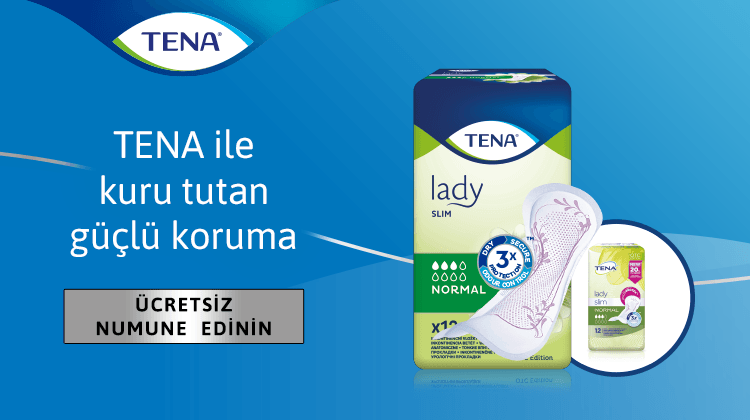Types and Causes of Incontinence

Involuntary leakage of urine. The problem of incontinence can be summarized in this way. But did you know that there are different types of urinary incontinence as well as different causes?
Know your disease
Millions of people involuntarily leak urine. However, many people are unaware of it. This is unfortunately unfortunate. Understanding the causes and types of incontinence can make it easier to handle and help you get on with life.
For example, if you realize that you have tension incontinence, regular “quick-release” exercises will help a lot. If you have urge incontinence, you can improve the bladder’s ability to hold urine, increase the amount of urine that the bladder can hold in this form, and gradually increase the urination intervals (urinary delay).
Different types of incontinence
Identifying what type of incontinence you are experiencing will help you better deal with this issue.
The three main types of urinary incontinence
Sensitive bladder, leaking urine, bladder weakness There are many ways to describe incontinence. While all of these can lead to involuntary leaking, it can be helpful to understand the three basic types of incontinence that women can experience: stress, urgency, and mixed.
Urinary incontinence due to urgency in women
Do you find yourself searching for the nearest toilet everywhere you go? Do you always feel the need to urinate even though you have just gone to the toilet? Do you wake up every night to go to the bathroom?
Urinary incontinence due to the urge to urinate, which occurs frequently and sometimes suddenly and sometimes leads to involuntary leakage of urine, is called urinary incontinence. This can also be explained as having an active bladder with accidental leaks. In some cases, the root cause of this type of bladder weakness is unknown, but it is hypothesized that it is caused by receptors in the bladder muscles sending false signals to the brain.
There are many factors that can affect urinary incontinence due to urgency; for example drinking too much or too little fluid, urinary tract infection, constipation and taking medication etc.
To control urinary incontinence due to urgency, you can try:
Drinking more or less fluids than usual
avoiding liquids that can irritate the bladder, such as coffee, black tea, and power drinks
Urinary incontinence due to tension in women
Have you ever stopped laughing because of an unexpected leak? Do you have urinary incontinence when coughing, sneezing, jumping or lifting something heavy? This means that you are experiencing tension-induced urinary incontinence, which is the most common urinary incontinence problem in women.
Tension-induced urinary incontinence in women occurs when the pelvic floor muscles that support the bladder weaken. When we laugh, jump, cough, or lift something heavy, the pressure on our pelvic floor muscles increases, making them unable to contract enough to hold all of the urine inside. Usually small amounts of urine leak.
Mixed urinary incontinence
Mixed urinary incontinence is the condition where you experience both urinary incontinence due to tension in the abdomen that causes urine leakage with pressure, and urinary incontinence due to squeezing, which means your bladder is overactive. But most likely one of them is more dominant.
The neatest thing you can do to lessen the impact of any type of incontinence is to strengthen your pelvic floor. Even taking a short five minutes a day can make a big difference, reducing the risk of leaks from occurring.
Get Your Free Sample

- On-Site Comments















Comment